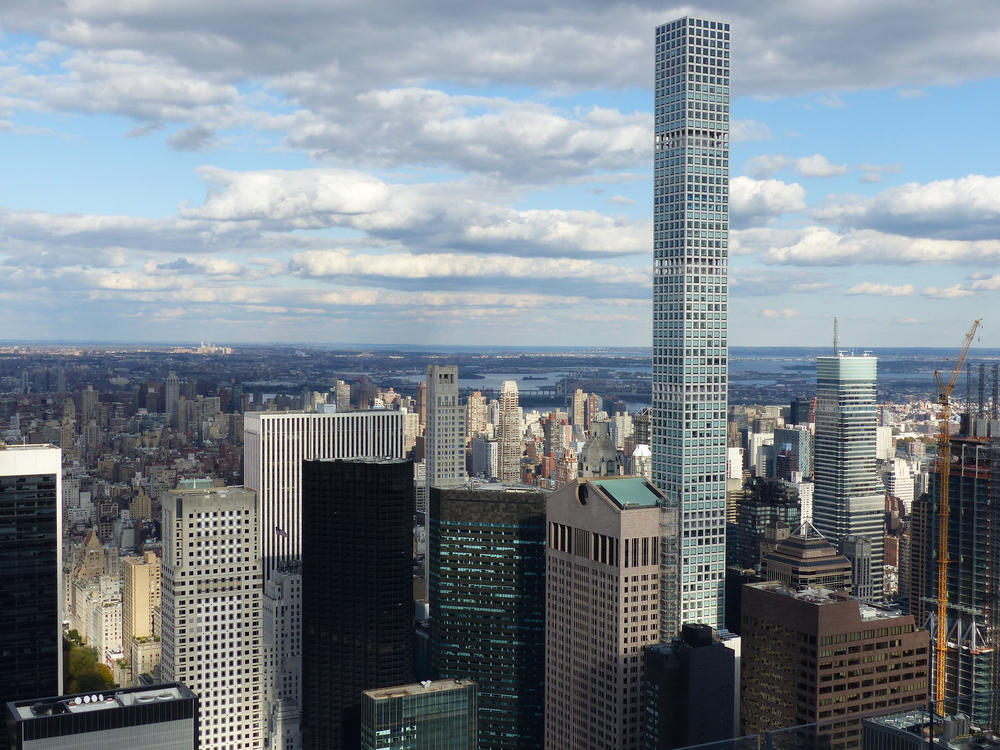Groundbreaking legislation, called Local Law 97, which was enacted in 2019, aimed at reducing greenhouse gas (GHG) emissions in New York City by reducing the carbon impact of the city’s largest buildings is expected to encourage building owners to work more closely with facilities professionals for compliance.

According to Urban Green Council, the law is the “most ambitious building emissions legislation enacted by any city in the world.”
What NYC Building Owners Need to Know About Local Law 97
Rohit “Rit” T. Aggarwala, Chief Climate Officer and Commissioner of Environmental Protection of New York City, explained that Local Law 97 targets 50,000 of the Big Apple’s largest buildings, which are over 25,000 square feet, because they “consume roughly 70 percent of the energy used in buildings in New York City and buildings are about 70 percent of our local carbon footprint.”
The law says, “Here’s how much carbon you’re allowed to emit based on your size and building type and that quota goes down” over time, he explained.
“It kicks in in 2024 when it was estimated that about 20% of buildings would be over the cap, in 2030 something like 40% of the buildings is going to be over the cap then it goes down further to 2035, 2040, and on to zero in 2050.”
Aggarwala added, “It establishes a penalty for violating that law that is effectively a carbon tax, the penalty for being above your limit is $268 per ton,” noting that his office has determined the rules for how to implement the law and has the full support of New York City Mayor Eric Adams.
He talked about the law during the “How Technology Can Decarbonize Urban Real Estate Systems” panel session of the CityAge: Unleashing Clean Energy Systems digital event.
How Can Facilities Managers Help?
Business owners should work with facilities professionals and do the following to comply with the law:
- Determine your facility’s emissions limit.
- Collect data on your building through utility bills, including energy and water usage.
- Work with tenants or employees to encourage energy-saving behaviors, which could be as simple as shutting off lights and computers when they aren’t in use.
- Check insulation and seal leaks in the building’s exterior doors and windows.
- Conduct an energy audit to determine how the building is using energy and other ways of making energy-saving improvements.
- Invest in energy-efficient solutions like LED lighting; energy-efficient heating, ventilation, and air conditioning (HVAC) systems; and smart building automation.
- Incorporate renewable energy sources, like solar panels, into your facility.
- Consider electrifying space and water heating.
How Much Will It Cost, and Who Will Pay for It?
“Just as when you choose to own a piece of real estate you take on the responsibility to make sure it’s safe, you take on the responsibility to make sure it’s habitable. When you own a piece of real estate in New York City you take on the responsibility of ensuring that is on its path to net zero, that is part of your job,” Aggarwala advised.
Work needs to be done on 15,000 buildings between now and 2030, which will cost between $12 billion and $15 billion in the next 6 years, creating 140,000 jobs, he continued.
“The bad news is that of that $12 to $15 billion, only about $ 5 billion will be saved in energy savings so there is a large group of buildings where this is going to cost more than it saves.”
About $625 million is expected to be available to building owners thanks to the federal Inflation Reduction Act, while city and state funds, as well as loans, are expected to cover much of the rest of the costs.
Who Has the Authority to Enforce Local Law 97?
While some have questioned New York City’s legal authority to have such a law, Aggarwala explained that the State of New York has the code for new construction, but a “mandate to require retrofits is actually at the local level.”
The city reported that a New York Supreme Court dismissed a legal challenge to the law made by two Queens co-ops, their board presidents, and an LLC that owns a Manhattan residential and commercial building.
NYC Not Alone in Carbon Fight
The goal of reducing GHG emissions isn’t unique to New York City. Boston passed a Building Energy Reporting and Disclosure Ordinance in 2013 aimed at reaching zero emissions by 2050 targeting large buildings.
The success of these ordinances could cause more cities to look to New York City and Boston as examples of how to craft policies to decrease their carbon footprint.
Because of this, building owners and facilities professionals should work together to find ways to be more energy-efficient and use renewable energy.
